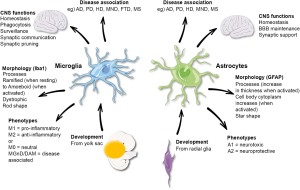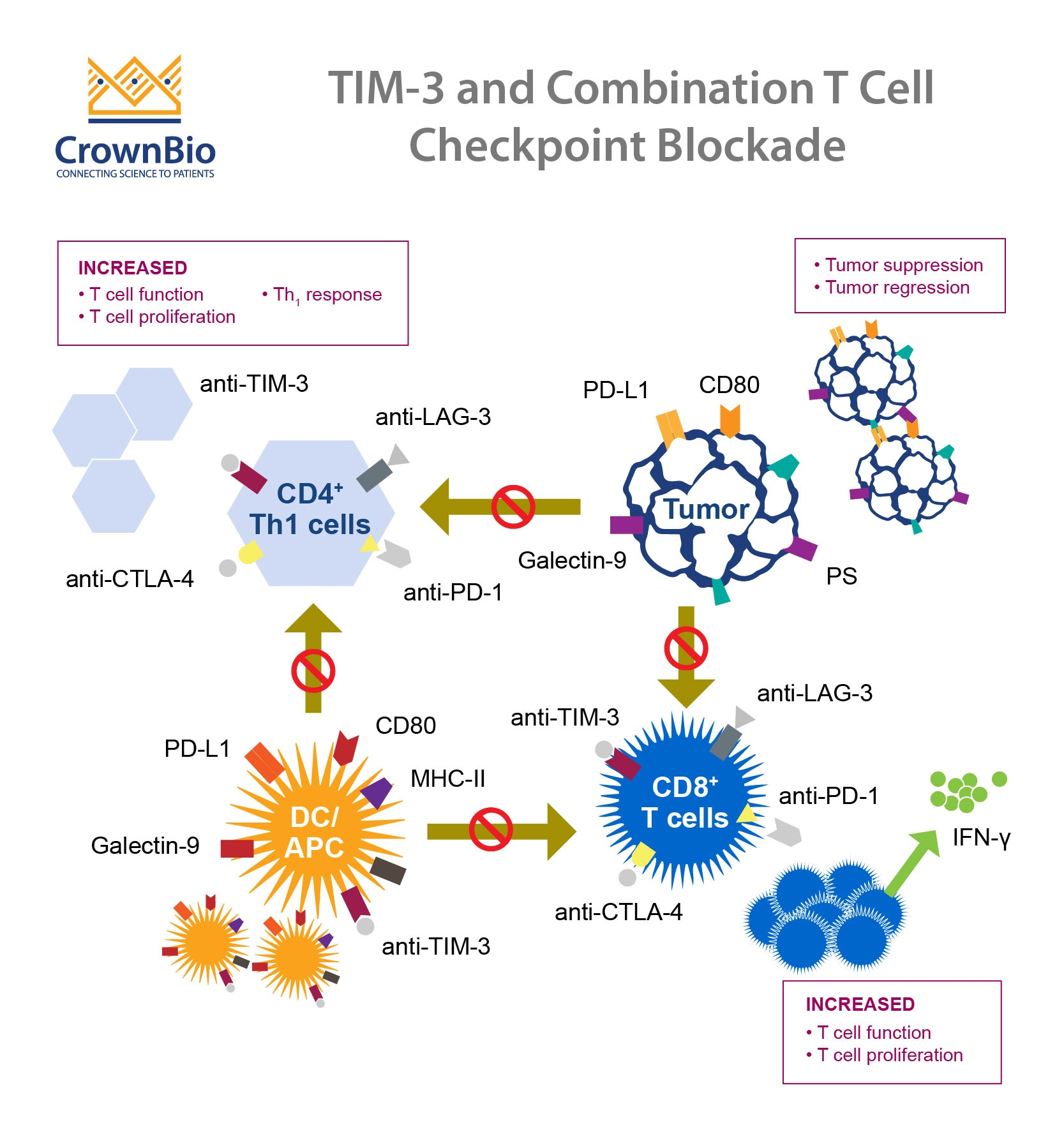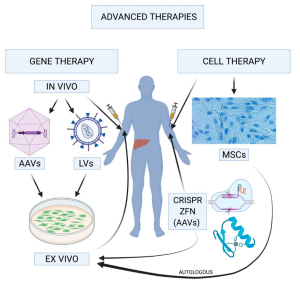TIM-3 Alzheimer’s treatment represents a groundbreaking approach in the quest to combat Alzheimer’s disease, an ailment affecting millions worldwide. Recent studies have uncovered that TIM-3 plays a crucial role in regulating the immune response in Alzheimer’s, specifically by influencing the activity of brain immune cells known as microglia. These cells, tasked with clearing harmful amyloid plaques, become inhibited by TIM-3, leading to cognitive decline. However, researchers have found that by blocking TIM-3, microglia can successfully attack and remove these plaques, resulting in notable cognitive improvement in mice. This innovative treatment strategy not only sheds light on the underlying mechanisms of Alzheimer’s but also opens the door to promising therapies that could revolutionize how we manage this debilitating condition.
The innovative approach to treating Alzheimer’s disease through TIM-3 modulation is gaining traction, offering a flicker of hope to those grappling with cognitive decline. This method hinges on the manipulation of a checkpoint molecule known as TIM-3, which has been linked to both immune responses and the impairment of microglia function in the aging brain. By targeting this molecule, researchers aim to enhance the brain’s natural ability to combat the toxic plaques characteristic of Alzheimer’s. Studies demonstrating cognitive improvements in animal models underscore the potential of this treatment in reshaping how we understand and fight neurodegenerative diseases. As the scientific community delves deeper into the TIM-3 pathway, we stand on the brink of potentially transformative therapies that could significantly alleviate the burden of Alzheimer’s.
Understanding TIM-3’s Role in Alzheimer’s Disease
TIM-3, or T-cell immunoglobulin and mucin domain-containing protein 3, is gaining recognition for its significant role in the pathogenesis of Alzheimer’s disease (AD). Recent studies have highlighted how this checkpoint molecule, expressed notably on microglia, inhibits the brain’s immune response, preventing these crucial cells from effectively clearing amyloid-beta plaques associated with AD. The accumulation of these plaques is a hallmark of Alzheimer’s, leading to neuroinflammation and cognitive decline. By understanding TIM-3’s mechanisms, researchers hope to manipulate its expression for therapeutic benefits.
In typical immune responses, TIM-3 is instrumental in regulating T cell activity, ensuring that the immune system does not turn on itself after an infection. However, in Alzheimer’s patients, the elevated levels of TIM-3 on microglia hinder their ability to remove toxic plaques from the brain. This suggests that targeting TIM-3 could boost the immune system’s capacity to combat AD, allowing for a restoration of microglial function and improved cognitive health.
Frequently Asked Questions
What is TIM-3 and how does it relate to Alzheimer’s treatment?
TIM-3 is a checkpoint molecule that regulates the immune response by inhibiting microglial activation in the brain. In the context of Alzheimer’s treatment, research has shown that deleting or blocking TIM-3 can enhance the ability of microglia to clear amyloid plaques, potentially improving cognitive functions associated with Alzheimer’s disease.
How does TIM-3 influence the immune response in Alzheimer’s disease?
In Alzheimer’s disease, elevated levels of TIM-3 on microglia inhibit their function, preventing them from attacking and clearing harmful amyloid plaques. This impaired immune response contributes to the progression of Alzheimer’s, making TIM-3 a key target for potential therapeutic interventions.
What role do microglia play in Alzheimer’s disease in relation to TIM-3?
Microglia are crucial immune cells in the brain responsible for clearing debris, including amyloid plaques. In Alzheimer’s disease, TIM-3 expression on microglia restricts their ability to eliminate these plaques, thereby exacerbating the disease. Research indicates that modulating TIM-3 activity can restore microglial function and improve cognitive outcomes.
Can TIM-3 therapy lead to cognitive improvement in Alzheimer’s disease?
Yes, studies conducted on mouse models have shown that targeting TIM-3 enhances microglial clearance of amyloid plaques, resulting in improved memory and cognitive abilities. This suggests that TIM-3 therapies could significantly benefit patients with Alzheimer’s disease by restoring normal immune function in the brain.
What are the potential next steps for TIM-3 targeted therapies in Alzheimer’s disease?
Future research includes testing human anti-TIM-3 antibodies in mouse models of Alzheimer’s disease. These studies aim to determine if blocking TIM-3 can effectively halt plaque formation and improve cognitive function in individuals with Alzheimer’s, paving the way for clinical applications.
What makes TIM-3 a promising target for Alzheimer’s disease research?
TIM-3 is a promising target for Alzheimer’s disease due to its significant role in regulating microglial activity and immune response in the brain. By targeting TIM-3, researchers aim to enhance microglial plaque clearance, which may help alleviate symptoms and progression of Alzheimer’s disease.
How long has research on TIM-3 related to Alzheimer’s disease been conducted?
Research exploring TIM-3 in relation to Alzheimer’s disease has been under investigation for approximately five years, involving various collaborative experiments aimed at understanding its role and potential as a therapeutic target.
What findings support the role of TIM-3 in Alzheimer’s disease?
Findings demonstrate that patients with Alzheimer’s exhibit higher levels of TIM-3 expression on microglia, correlating with decreased ability to clear amyloid plaques. This identification of TIM-3 as a genetic risk factor ties it directly to the disease’s pathology and presents an avenue for developing new treatments.
What implications does TIM-3 research have for future Alzheimer’s treatments?
TIM-3 research opens new avenues for Alzheimer’s treatments by potentially repurposing existing anti-TIM-3 therapies used in cancer, which could enhance the immune response in the brain and lead to better outcomes for patients with Alzheimer’s disease.
| Key Point | Details |
|---|---|
| Research Overview | Study indicates that targeting the TIM-3 molecule may improve cognition in Alzheimer’s models. |
| TIM-3 Function | TIM-3 is an immune checkpoint that prevents microglia from clearing amyloid plaques. |
| Microglia Role | Microglia are brain immune cells responsible for clearing debris and maintaining synaptic health. |
| Methodology | Mice models were used with the TIM-3 gene turned off, enhancing clearance of plaques. |
| Therapeutic Potential | Proposed treatment includes anti-TIM-3 antibodies to block inhibitory functions. |
Summary
TIM-3 Alzheimer’s treatment represents a promising frontier in tackling the cognitive decline associated with Alzheimer’s disease. By leveraging existing immunological strategies that have shown success in cancer therapies, researchers are exploring how the inhibition of the TIM-3 molecule can reactivate brain immune cells, known as microglia, to clear harmful plaques. This approach not only aims to restore memory and cognitive functions but also addresses a critical mechanism that has been overlooked in conventional Alzheimer’s treatments. Ongoing trials and research will determine the feasibility and effectiveness of TIM-3 targeting in humans, potentially reshaping the future landscape of Alzheimer’s therapeutics.









